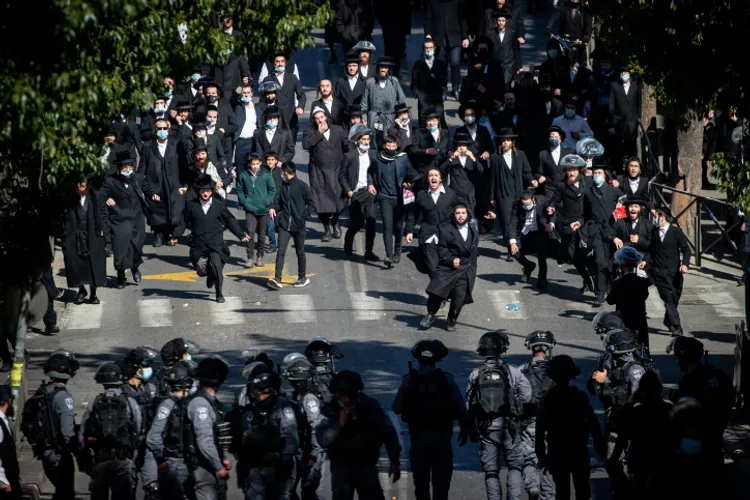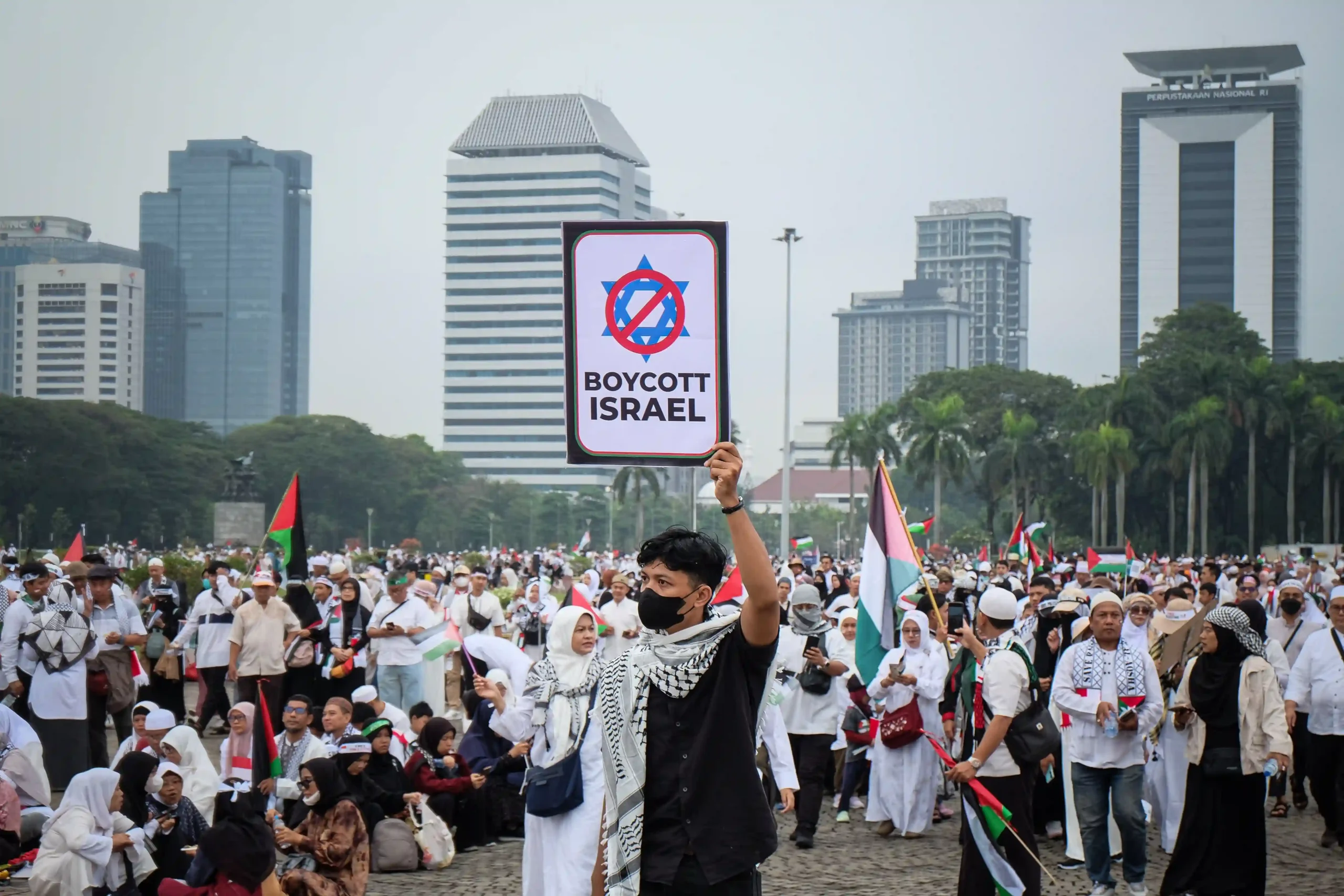In recent months, the West Bank has witnessed rising violence. The timing in which the West Bank is witnessing escalation is not a coincidence, it is connected to the ceasefire in Gaza. While right-wing elements refuse the ceasefire deal, it is generally argued that Israeli Prime Minister Benjamin Netanyahu has to appease those elements in his coalition. Netanyahu who is believed to have been pressured to accept the deal, does not find any alternative to satisfy right wingers in his coalition other than shifting the war to the West Bank. While this understanding is not entirely false, it is suggested that recent events in the West Bank are part of Israel’s expansionist plan aiming at imposing Israeli sovereignty on the territory. Using legal and political manoeuvres, Israel aims to turn the West Bank into another Gaza which results in broader regional implications.
Systematic Violence
Violence in the West Bank is not occurring without a systematic plan from the Israeli side. While this is not the first instance of clashes between settlers and Palestinians in the region, the current situation is different for several reasons. Notably, it comes at a critical juncture for the Palestinian issue, which is facing a turning point following the events of October 7 and the ceasefire agreement that followed. What stands out is that this ceasefire is not a typical cessation of hostilities; instead, it has been followed by heightened tensions on both regional and global fronts, worsened by U.S. President Donald Trump’s assertive diplomacy. Israelis now seem to have both the motivation and a strategy to turn the West Bank into another Gaza, and they recognise the urgency of doing so before Trump’s presidential term ends. In this context, the January ceasefire was not an end to the fighting but rather a continuation, shifting to new fronts, including the West Bank.
Seemingly, Israel is seeking to legitimise its violence in the West Bank. Recently, the Israeli Ministerial Committee for Legislation approved a draft law that would allow settlers to purchase and own land in the occupied West Bank, signalling an intensification of efforts to annex the region. If passed by the Knesset, the law would permit settlers to buy land without any oversight, essentially turning them into permanent landowners. This legislation would empower illegal Jewish settlers, many of whom have a history of forcibly seizing Palestinian land through intimidation, to engage in widespread land forgery and theft. The potential result could be the registration of stolen lands and the expansion of settlement outposts, further undermining the possibility of a future Palestinian state. While such actions aim to strengthen the position of settlers in the West Bank, Trump has provided additional support. Just one day after his inauguration, Trump lifted sanctions imposed by the Biden administration on far-right Israeli settler groups and individuals accused of involvement in violence against Palestinians in the occupied West Bank.
While trying to legitimise the existence of Israelis in the West Bank, recent events has contributed to the delegitimization of the Palestinian authority itself. Clashes between Palestinians and the Palestinian authorities has erupted since early December. For instance, the Palestinian Authority, which administers parts of the West Bank, launched a rare crackdown that has sparked one of the worst armed confrontations between Palestinians in years. In what the authority referred to as a “security operation” in the Jenin refugee camp under the banner of ‘Protecting the Homeland’, Palestinians have been killed by PA security forces, including a female journalist who was reportedly shot in the head, a commander in the Jenin Brigades, and a 19-year-old who was shot and killed. Another incident witnessed the detention of a prominent Al Jazeera journalist by the Palestinian Authority while covering the first day of the ceasefire between Israel and Hamas, according to local media.
The PA is already losing support among Palestinians in the West Bank. Approval ratings for Mahmoud Abbas, who has led the Palestinian Authority for nearly two decades, continued to decline in 2024. In 2014, Abbas’ approval rating peaked at 64%, but it has since dropped to 29% in the West Bank and East Jerusalem. At the same time, disapproval of his leadership has surged, with 59% now expressing dissatisfaction.
Delegitimizing the Palestinian Authority in the West Bank creates a power vacuum that aligns with Israeli interests, as it paves the way for establishing Israeli sovereignty over the area. This dynamic makes the West Bank a more vulnerable target compared to Gaza, where Israel faces a dominant resistance force in Hamas. Without Hamas or any organised resistance in the West Bank, Israel has a clearer path to further entrench its control, establishing what it may portray as a “legitimate” base for Israeli settlers. This, however, leads to a surge in violence while leaving Palestinians in the West Bank without a legitimate governing authority and with no resistance movement. The result could be either escalating violence with significant humanitarian consequences, potentially surpassing the violence seen in Gaza, or forced mass migration to neighbouring countries, particularly Jordan. Those latter scenarios would be more devastating than Gaza, as the absence of organised resistance and the presence of settlers would make the West Bank easier for Israel to control.
Expected Implications
The straightforward implication of Israeli practices in the West Bank could lead to the territory becoming another Gaza. However, the impact extends beyond the Palestinian territories, with significant consequences for the broader region. Among the countries most affected would be Jordan, which would bear the brunt of economic, social, and identity-related challenges. According to the U.S. Department of State, approximately 3 million Palestinians resided in the West Bank as of 2022, many of whom have familial ties to Jordan and even hold Jordanian passports from the period when Jordan controlled the territory before 1967. As Israeli settlers and the Israeli Defense Forces intensify their efforts to terrorise Palestinians in the West Bank, it is likely that many Palestinians will seek refuge in Jordan. Such a massive influx of refugees would pose an existential crisis for Jordan, whether it occurs suddenly through forced displacement or as part of a slower exodus driven by the ongoing violence of occupation.
With Jordan’s debt already reaching 91.2% of its GDP as of September 2024, an unemployment rate of 21.4% in 2024, low economic growth, and limited water resources for its current population, the potential for Israel to push some of the 3 million Palestinians in the West Bank into Jordan poses an existential threat to the kingdom’s economy, which is already in a precarious situation. Beyond the economic strain, there is also a significant societal challenge in accommodating millions of Palestinians who would be displaced and seek refuge in Jordan. The country has historically hosted waves of Palestinian refugees in 1948, 1967, and 1990, and is currently home to over half a million Syrian and Iraqi refugees. The addition of approximately 2 million Palestinian refugees to Jordan’s population of 11 million would compound this challenge. Moreover, the acceptance of such a large influx of migrants could exacerbate tensions between Jordanian citizens of Palestinian descent, who make up more than half of the population, and those of other origins, further deepening societal divisions.
Implications on Jordan might even reach the monarchy itself. If a significant portion of Palestinians in the West Bank were to come into Jordan, either by force or of their own decision to escape Israeli violence, this would be extremely destabilising. The king would have to either comply to the demands of his people and respond aggressively to Israel, or try to manage the political consequence of not doing so. Both scenarios are disastrous, in the first case, the country would be dragged into a war, while the other means that Amman would have to accept millions of migrants. While the Trump administration might not provide the state of Jordan with the necessary aid to accommodate migrants, the stability of the government itself would be in jeopardy, Amman would not have enough resources to address both the needs and frustrations of his own population as well as those of Palestinians fleeing the West Bank.
While Jordan would undoubtedly bear the heaviest regional impact in either scenario, the broader regional implications would also be significant. For example, forcibly displaced Palestinians might seek refuge in other neighbouring countries, including Egypt, placing a further strain on the country’s already fragile economy. The escalating crisis in the Palestinian territories would also make the two-state solution increasingly unattainable, which in turn would lead to greater isolation for Israel. Key regional players, including Saudi Arabia, may reconsider or halt their normalisation efforts with Israel, further distancing the Israeli state from potential alliances and regional cooperation.
Accordingly, violence in the West Bank should not be seen as another cycle of settler violence in the Palestinian territory. Instead, it should be seen within the broader regional changes taking place in the wake of October 7 and the recently reached ceasefire deal. This time, violence in the West Bank is planned, with an aim to legitimise Israeli existence. On the surface, it might seem as mere escalation by occupational forces, however, it is a broader regional plan that should not be overlooked.
References
Diplomatic Courier. 2024. “Palestinian Life in the West Bank, East Jerusalem after Oct. 7.” Diplomatic Courier, [accessed February 13, 2025]. https://www.diplomaticourier.com/posts/palestinian-life-in-the-west-bank-east-jerusalem-after-oct-7
Norwegian Refugee Council. 2025. “Escalation in the West Bank: Violations Surge amid Fragile Ceasefire in Gaza.” Norwegian Refugee Council, January. https://www.nrc.no/news/2025/january/escalation-in-the-west-bank-violations-surge-amid-fragile-ceasefire-in-gaza
Palestine Chronicle. 2024. “Buying the West Bank: Israel’s New Annexation Method ‘Catastrophic.’” Palestine Chronicle, [accessed February 13, 2025]. https://www.palestinechronicle.com/buying-the-west-bank-israels-new-annexation-method-catastrophic/
Quincy Institute. 2024. “Jordan on the Edge: Pressures from the War in Gaza and the Incoming Trump Administration.” Quincy Institute for Responsible Statecraft, [accessed February 16, 2025]. https://quincyinst.org/research/jordan-on-the-edge-pressures-from-the-war-in-gaza-and-the-incoming-trump-administration/#h-jordan-over-the-edge-annexation-of-the-west-bank
Trading Economics. 2024. “Jordan Unemployment Rate Steady at 22.3% in Q3.” Trading Economics, [accessed February 16, 2025]. https://tradingeconomics.com/jordan/unemployment-rate#:~:text=Jordan%20Unemployment%20Rate%20Steady%20at,(34.7%25%20vs%2029.7%25).






















Comments